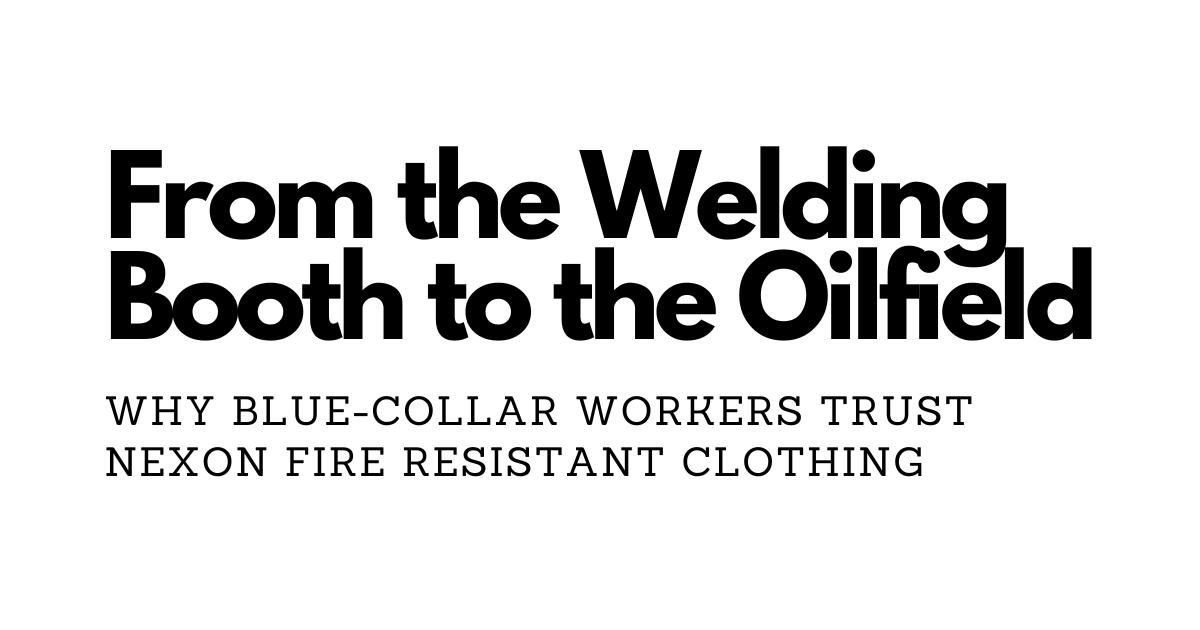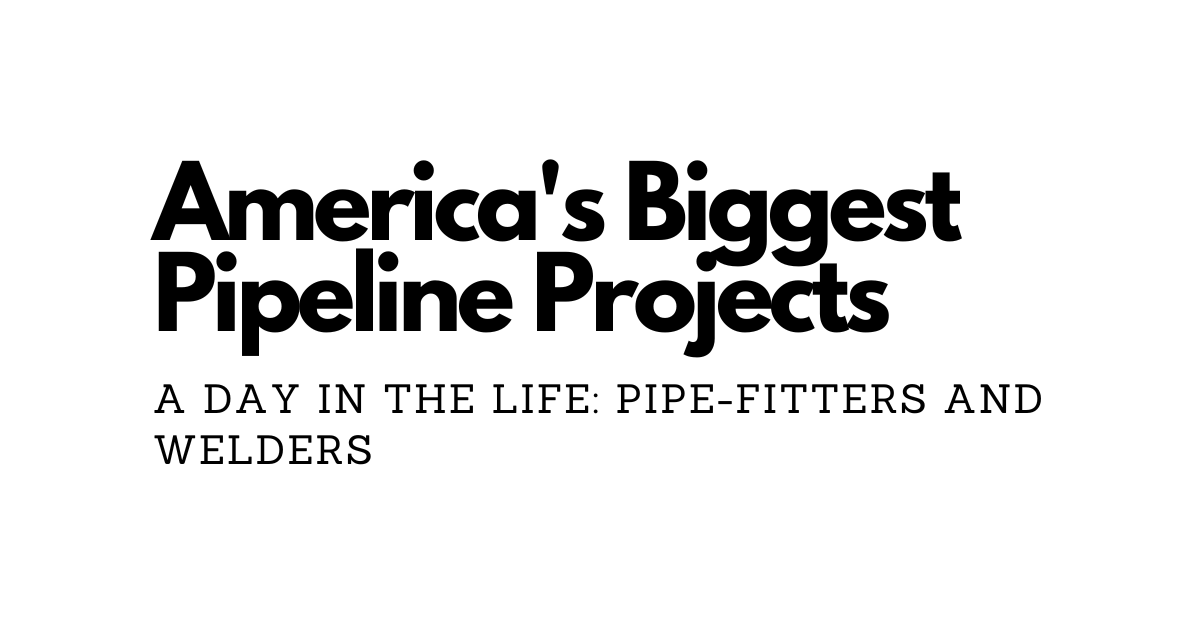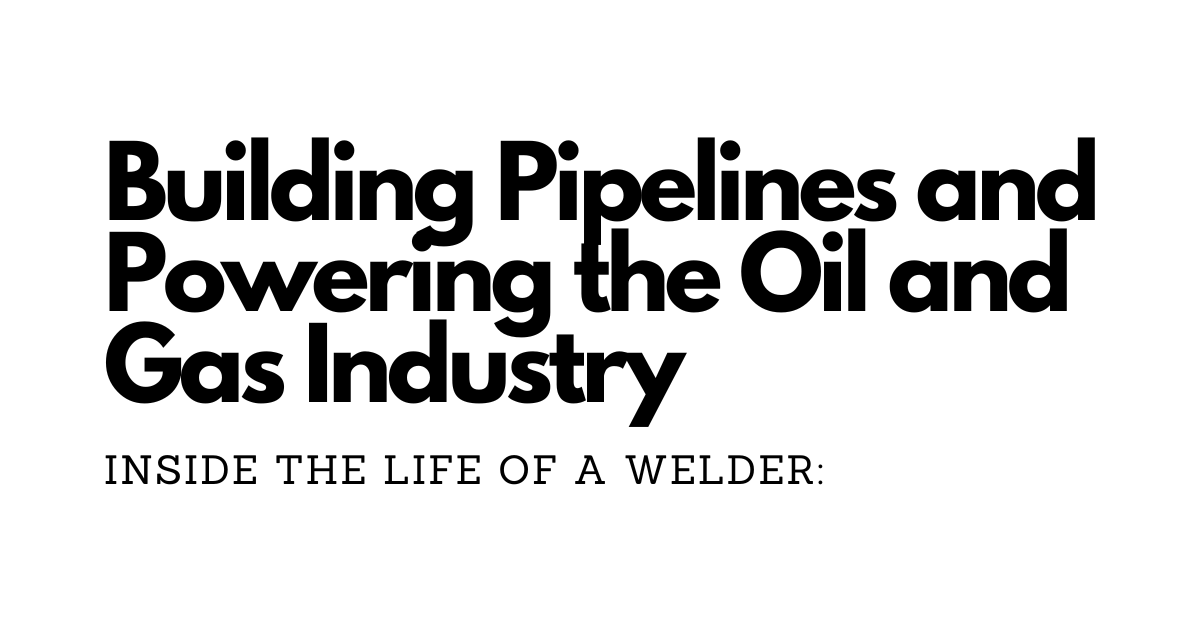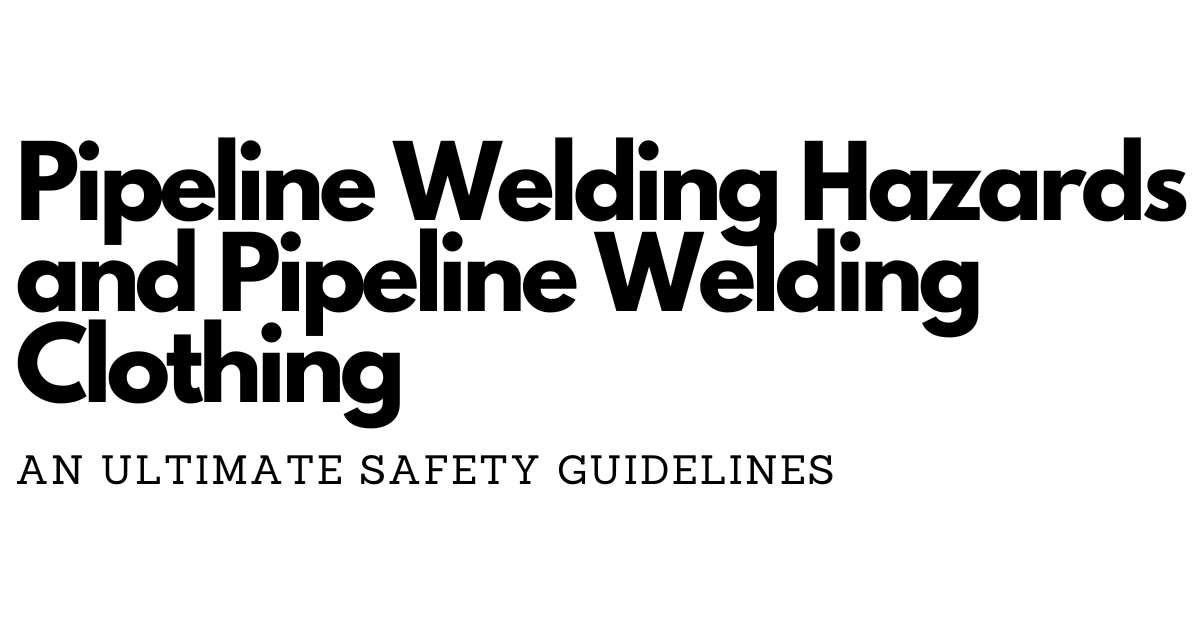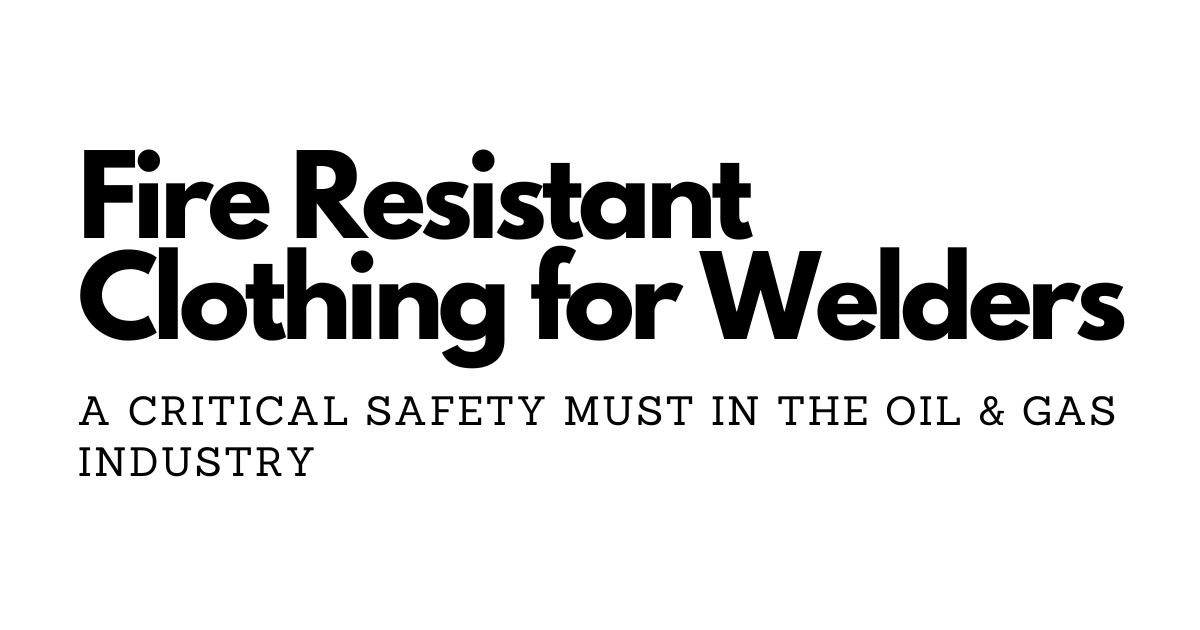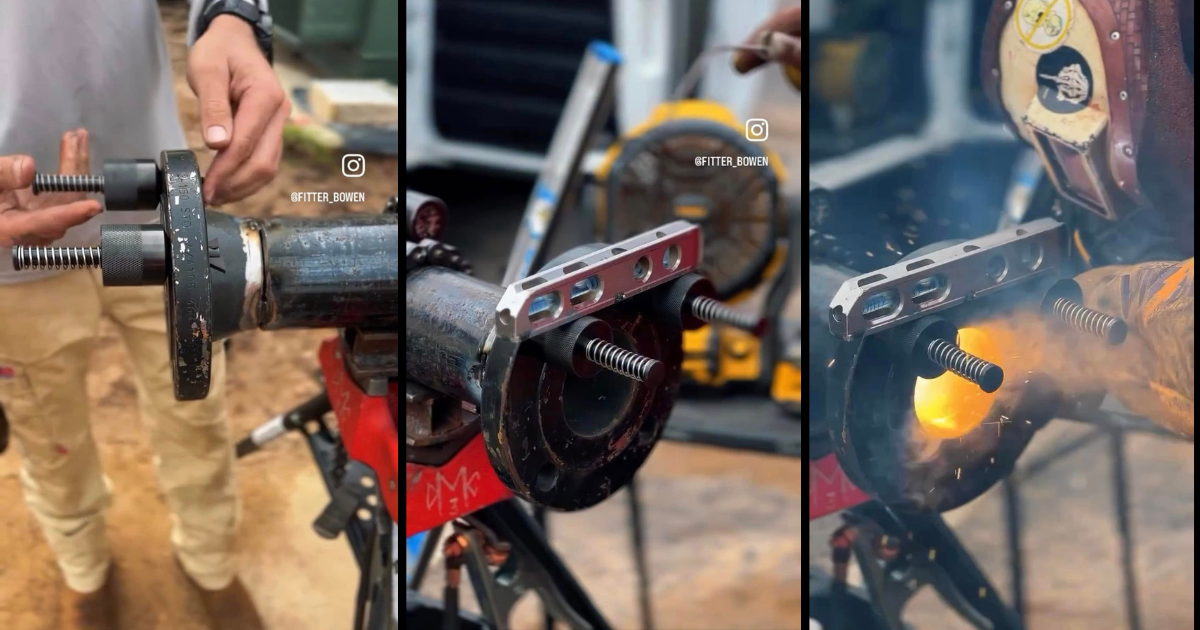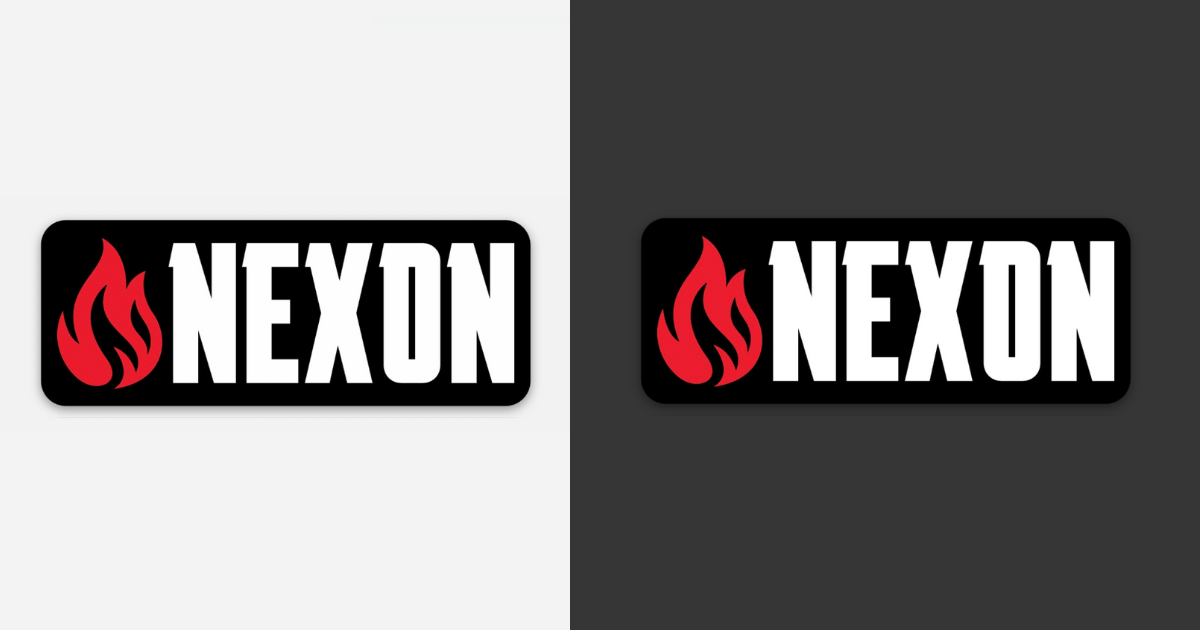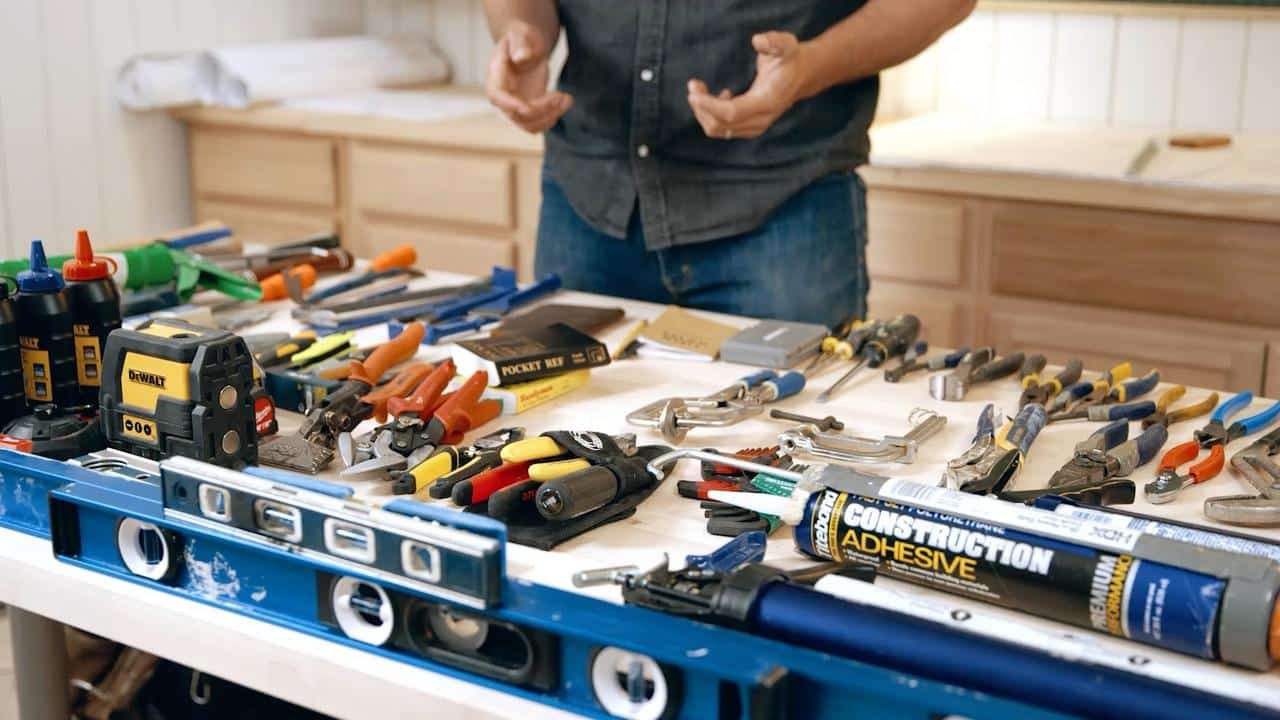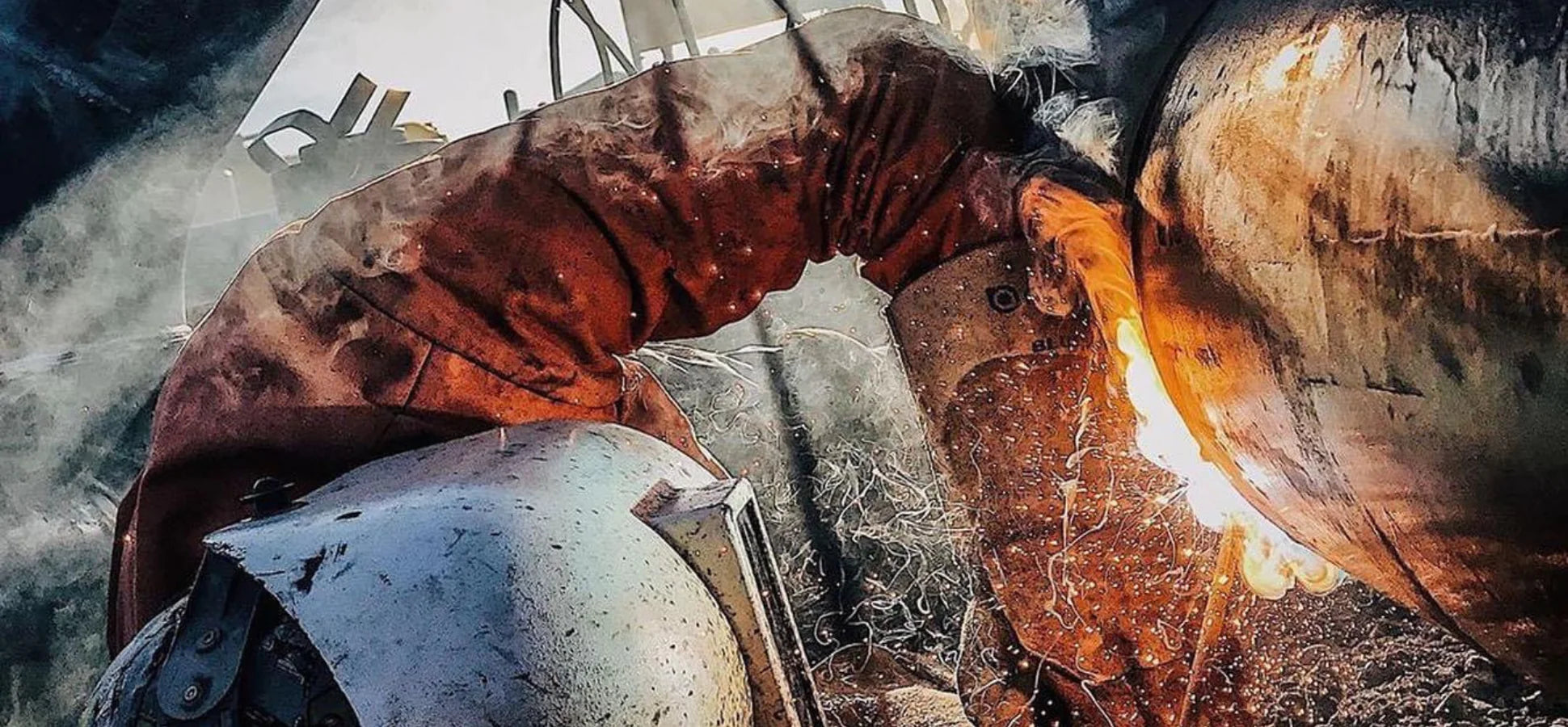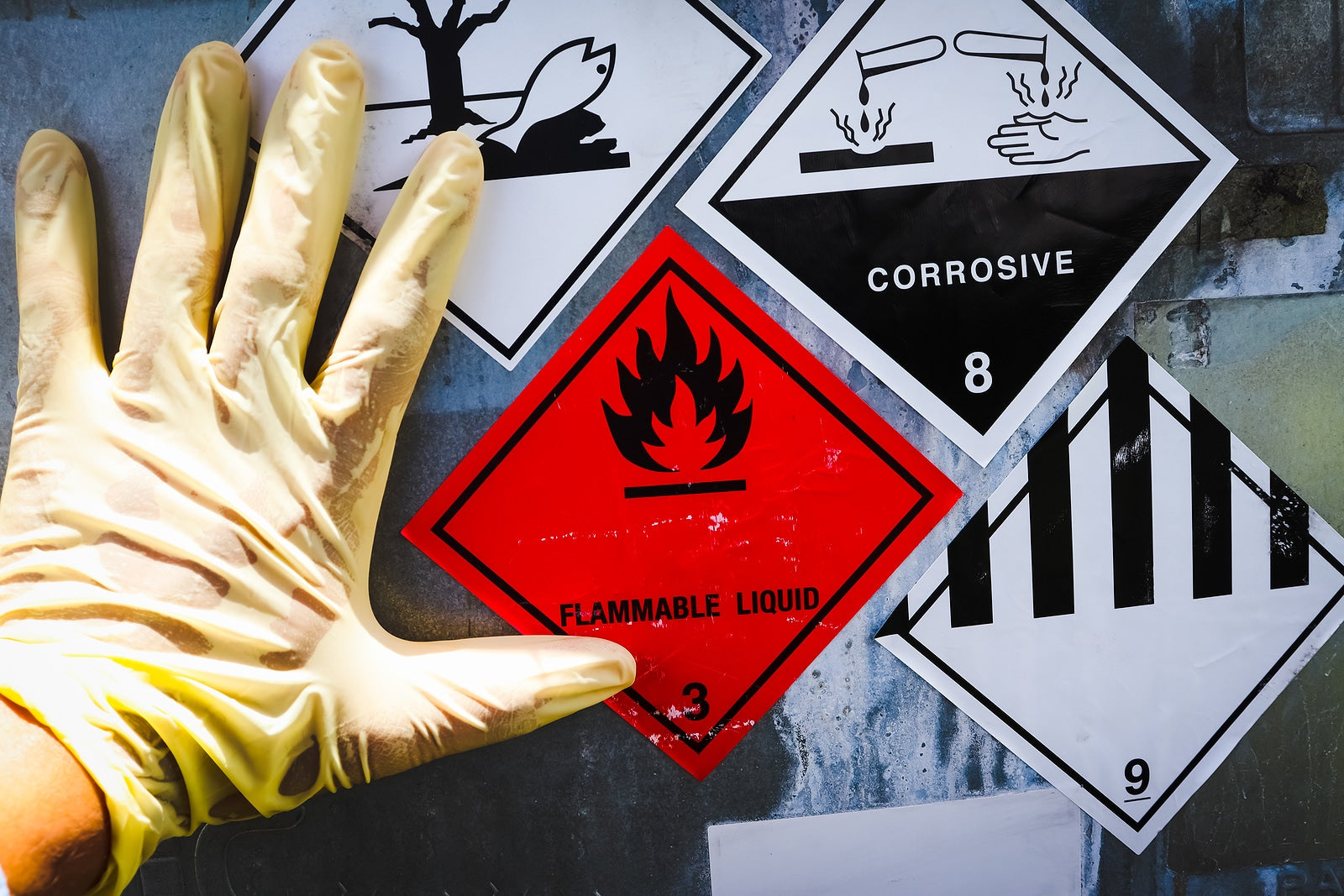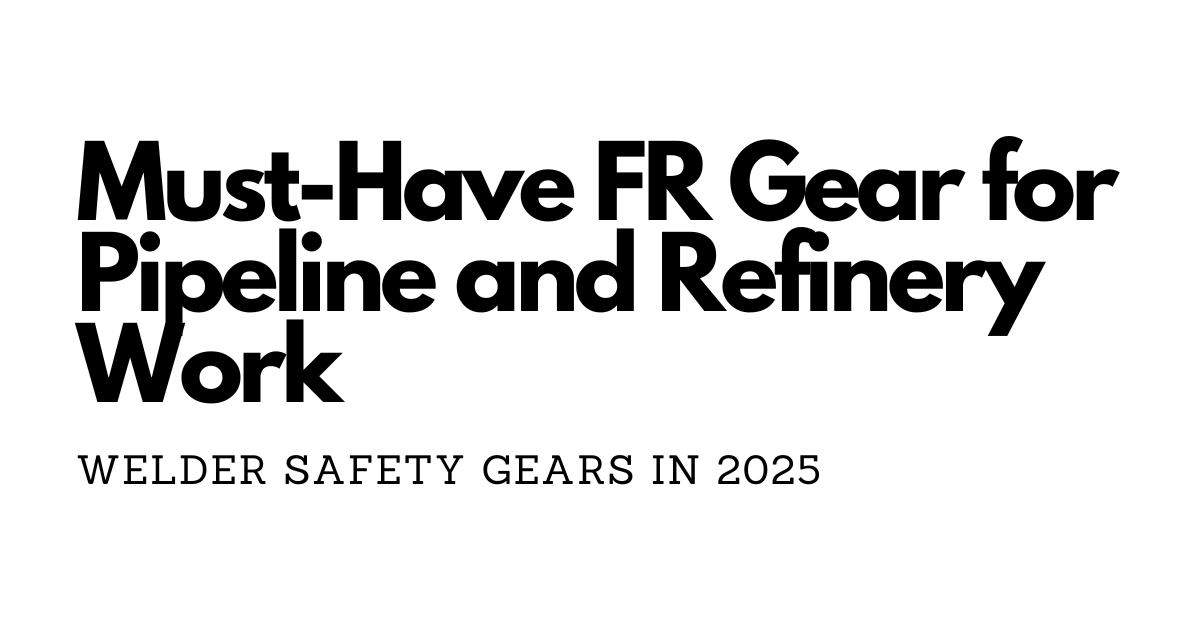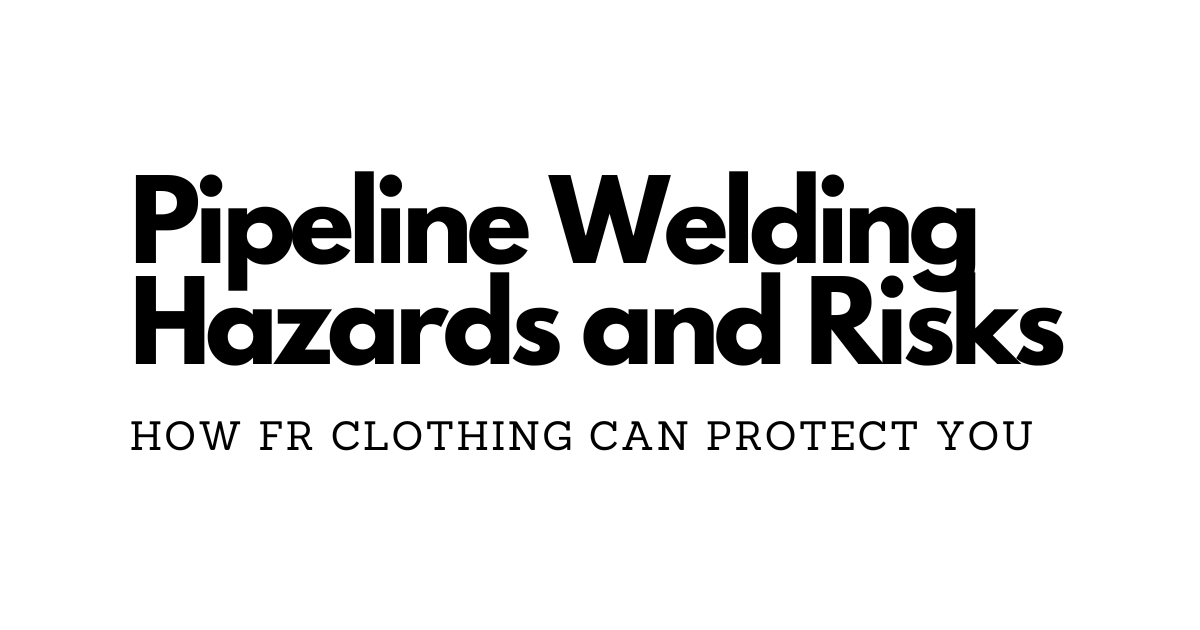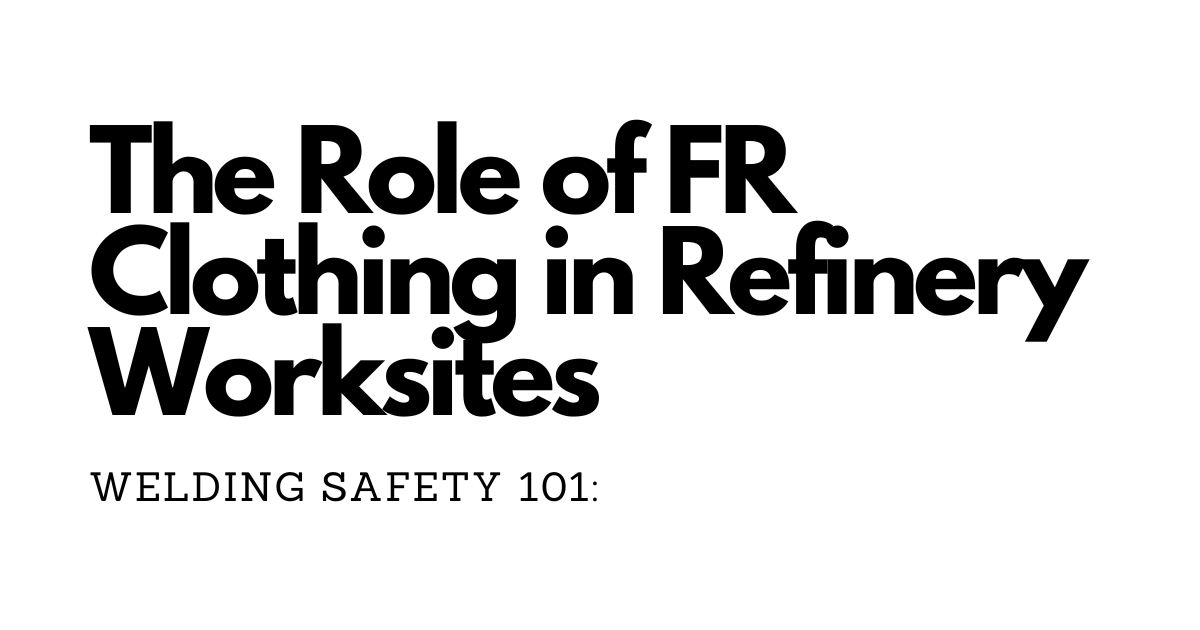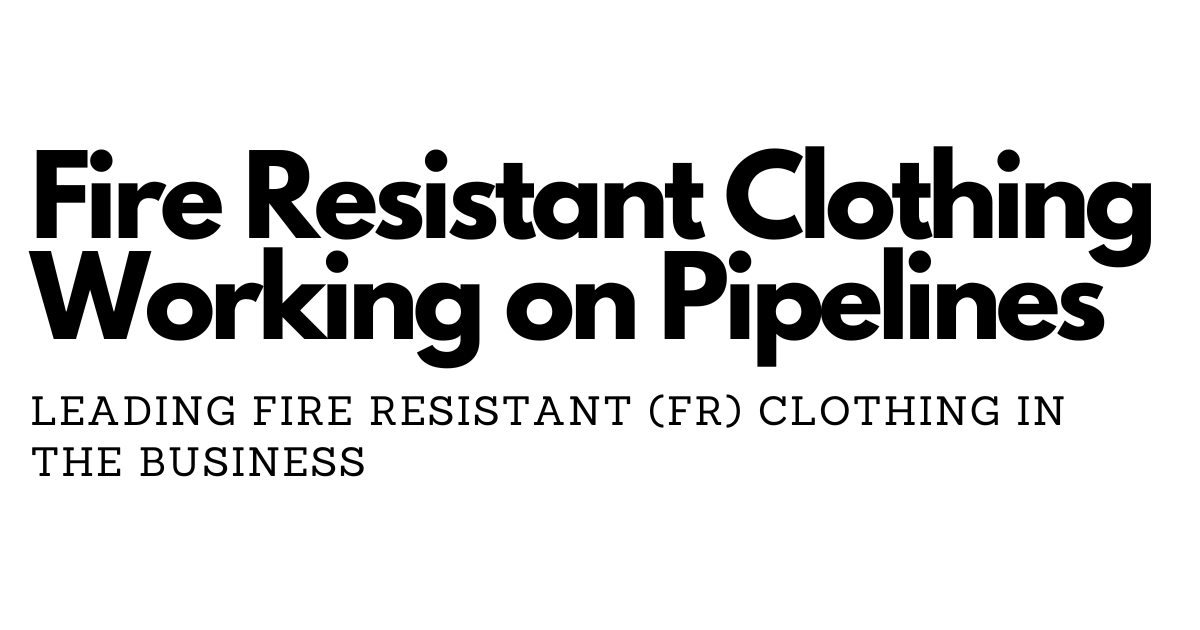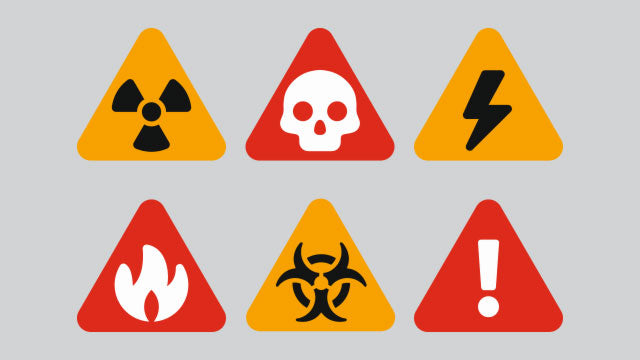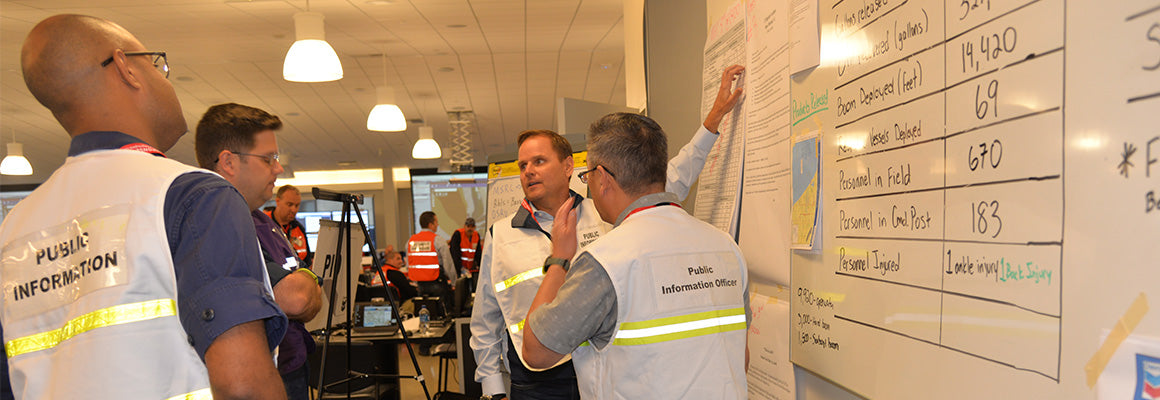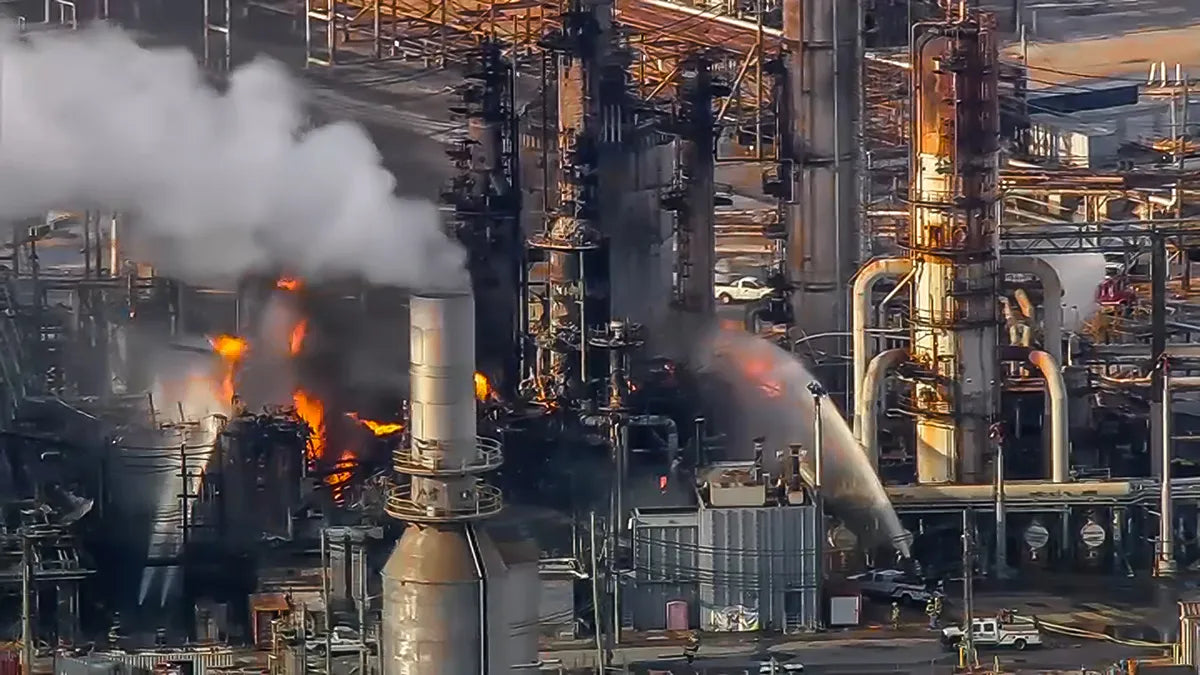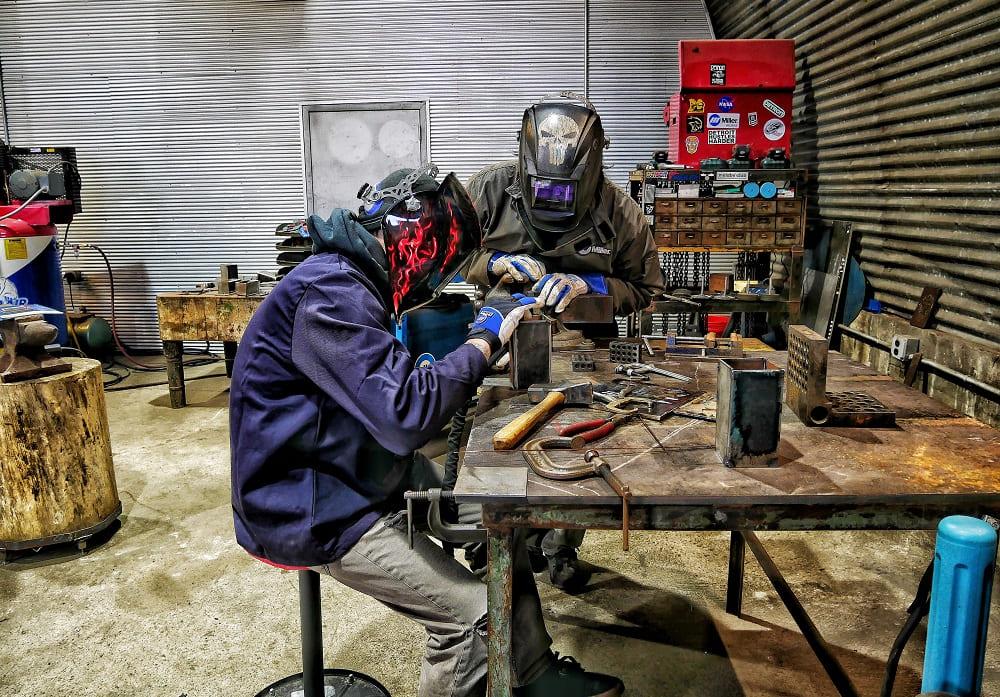

Blue-collar work is of significant importance for several reasons. Blue-collar workers provide essential services that are crucial for society to function smoothly. They build and maintain infrastructure, construct buildings, manufacture goods, transport goods and people, provide utility services, and ensure the proper functioning of various industries. Without blue-collar workers, many essential services would be disrupted. Blue-collar industries contribute to economic growth by creating jobs and generating revenue. Manufacturing, construction, transportation, and other blue-collar sectors form the backbone of many economies. These industries employ a significant portion of the workforce and contribute to the production of goods and services that drive economic progress.
Blue-collar work requires specialized skills and expertise. From welders and plumbers to electricians and machinists, blue-collar workers possess technical skills that are essential for the completion of complex tasks. Their expertise is invaluable in ensuring quality, safety, and efficiency in various industries. Infrastructure development: Blue-collar workers play a vital role in building and maintaining infrastructure such as roads, bridges, buildings, power plants, and communication networks. They construct the physical foundations that support economic activities and improve the overall quality of life for communities.
Blue-collar work is not limited to manual labor. Many blue-collar workers are skilled technicians who operate and maintain advanced machinery, robotics, and other technological systems. They contribute to the innovation and development of new technologies, ensuring that industries can adapt to changing demands and stay competitive. Jobs offer opportunities for individuals with various educational backgrounds and skill levels. They often provide paths to stable, well-paying careers without requiring a college degree. Blue-collar industries can offer upward mobility, training programs, and apprenticeships that allow workers to develop their skills and advance in their careers. Blue-collar jobs are often deeply connected to local communities. They provide employment opportunities and support local economies, contributing to the overall prosperity and development of the regions where they operate. Blue-collar workers often live and invest in the communities where they work, fostering a sense of belonging and community development.
Blue-collar work is essential for the functioning of societies, economic growth, infrastructure development, and technological innovation. It offers valuable employment opportunities, requires specialized skills, and contributes to the overall well-being of communities. Recognizing the importance of blue-collar work is crucial for appreciating and supporting the vital role these workers play in our daily lives.
Blue-collar work encompasses a wide range of occupations across various industries. Here are some common types of blue-collar work:
-
Construction and Trades:
- Carpenter: Constructs, repairs, and installs wooden structures and fixtures.
- Electrician: Installs, maintains, and repairs electrical systems.
- Plumber: Installs, maintains, and repairs plumbing systems.
- Welder: Joins or repairs metal parts using various welding techniques.
- Mason: Builds structures using materials like bricks, stones, or concrete.
- HVAC Technician: Installs and repairs heating, ventilation, and air conditioning systems.
- Roofer: Installs and repairs roofs on residential or commercial buildings.
- Painter: Prepares and paints surfaces to enhance the appearance of structures.
-
Manufacturing and Production:
- Machine Operator: Operates machinery and equipment in production facilities.
- Assembler: Puts together components to create finished products.
- CNC Machinist: Operates computer numerical control (CNC) machines to shape and cut materials.
- Production Line Worker: Performs various tasks along an assembly line to manufacture goods.
- Quality Control Inspector: Ensures products meet quality standards through inspections and tests.
- Forklift Operator: Operates forklifts and other material handling equipment in warehouses or manufacturing facilities.
-
Transportation and Logistics:
- Truck Driver: Operates trucks to transport goods locally or long distances.
- Delivery Driver: Delivers packages or goods to customers or businesses.
- Warehouse Worker: Handles inventory, organizes shipments, and assists with logistics operations.
- Freight Handler: Loads and unloads cargo from trucks or ships.
- Shipping and Receiving Clerk: Manages incoming and outgoing shipments in warehouses.
-
Automotive and Mechanics:
- Automotive Technician: Performs maintenance, repairs, and inspections on vehicles.
- Diesel Mechanic: Specializes in repairing and maintaining diesel-powered vehicles or equipment.
- Auto Body Technician: Repairs and restores the bodywork of damaged vehicles.
- Heavy Equipment Operator: Operates machinery such as bulldozers, excavators, or cranes.
-
Maintenance and Facilities:
- Maintenance Technician: Conducts repairs and preventive maintenance on equipment and facilities.
- Facilities Maintenance Worker: Handles general maintenance tasks in commercial or residential buildings.
- Landscaper: Maintains outdoor spaces, including planting, mowing, and maintaining landscapes.
-
Skilled Trades:
- Bricklayer: Lays bricks or blocks to build walls, chimneys, or other structures.
- Tile Installer: Installs ceramic, stone, or other types of tiles on walls, floors, or surfaces.
- Plasterer: Applies plaster or stucco to walls, ceilings, or structures.
- Ironworker: Constructs and installs iron or steel structures.
- Glass Installer: Installs and repairs glass windows, doors, or other fixtures.
These are just a few examples of blue-collar work, and there are many more occupations within these categories. Blue-collar jobs often require specialized skills, on-the-job training, and practical expertise, making them vital for the economy and offering rewarding career opportunities for individuals with diverse skill sets.
Starting a career in the blue-collar industry requires a combination of practical skills, determination, and the right approach. Here are some steps to help you get started:
-
Identify your interests and skills: Blue-collar careers span a wide range of industries, including construction, manufacturing, automotive, electrical work, plumbing, and more. Assess your interests, strengths, and skills to determine which area aligns with your passion and abilities.
-
Research and explore career options: Once you have identified your interests, research different blue-collar career options within those fields. Look into the required qualifications, certifications, training programs, and potential job prospects for each occupation. Consider the long-term growth and advancement opportunities within your chosen field.
-
Obtain the necessary education and training: Blue-collar careers often require specific education, training, and certifications. Research local vocational schools, community colleges, or apprenticeship programs that offer relevant training in your chosen field. These programs can provide you with essential knowledge and hands-on experience required for entry-level positions.
-
Seek apprenticeships or entry-level positions: Apprenticeships are an excellent way to gain practical experience while learning from experienced professionals in the industry. They often provide a combination of on-the-job training and classroom instruction. Look for apprenticeship opportunities in your desired field or apply for entry-level positions that offer training programs.
-
Build a strong work ethic and a positive attitude: Blue-collar industries value individuals who are hardworking, reliable, and dedicated to their craft. Demonstrate a strong work ethic, a willingness to learn, and a positive attitude towards your work. Show up on time, take initiative, and strive for excellence in every task.
-
Network and seek mentorship: Networking is valuable in any career, including the blue-collar industry. Attend industry events, join professional organizations, and connect with individuals already working in your chosen field. Seek out mentors who can provide guidance and advice as you navigate your career path.
-
Continue learning and upgrading your skills: Blue-collar industries are constantly evolving, with new technologies and techniques emerging. Stay updated on industry trends, attend workshops, and pursue additional certifications or specialized training to enhance your skills and increase your marketability.
-
Focus on safety: Safety is paramount in blue-collar industries. Familiarize yourself with safety regulations, protocols, and best practices relevant to your field. Always prioritize your safety and the safety of those around you.
Starting a career in the blue-collar industry requires dedication, continuous learning, and a strong work ethic. By following these steps and being proactive in your career development, you can embark on a rewarding and successful journey in the blue-collar sector.


